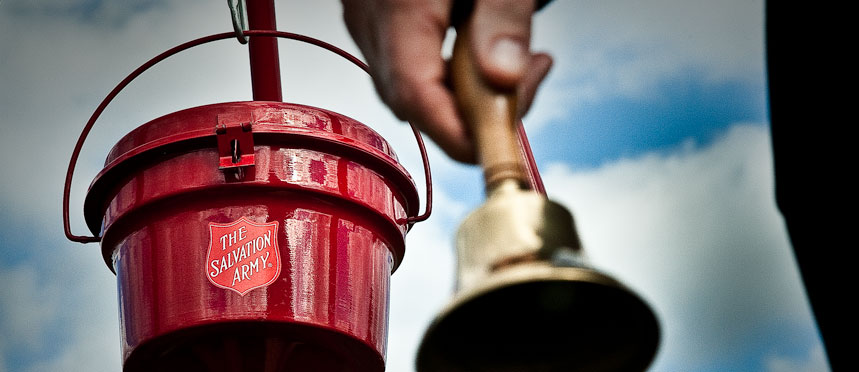Founded in 1865 by a former Methodist preacher, The Salvation Army is a unique non-profit that functions as both a social service agency and as a church with its own doctrine.
The Problem
In 2006, Randy Haan, Director of Infrastructure — Western Territory, and his team of seven were tasked with the project of standardising The Salvation Army’s network in the Western Territory.
At the time, the network had ten divisions stretching from the western United States to Guam, and connectivity between locations was disparate. Data was all over the place: in remote sites, divisional offices, and regional offices. Many people needed access to data from all three types of sites.
However, they were unable to gain access due to a complex “hub and spoke” network setup. The network was made up of separate pieces from many vendors including Xylan, HP, Foundry, and Cisco. Haan’s team knew they needed to standardize their network if they wanted to improve manageability and scale the organisation.
“A Catastrophic Failure”
To solve the problem, they tried to implement a DMVPN, dynamic multipoint virtual private network. However, after spending two years trying to roll the DMVPN out, it ended up being, in Haan’s words, “a catastrophic failure.”
When their network grew to 600 nodes, routing tables on each of the small appliances “blew the machines up.” As a result, they had to backtrack and hand-build every connection on every router in their entire organisation.
It was a giant task to keep the network maintained and it was difficult to find the source of anything that went wrong. As there were few on-site support technicians at each location, Haan had to rely on costly local contractors to solve day-to-day problems. It was difficult to explain their network to these remote contractors. “Walking someone else through a configuration over the phone is like asking them to set a VCR clock, only they’ve never seen it before,” Haan recalls.
Router Parties
In addition, every three years Haan’s team of seven would travel to each of these sites and fix all 600 devices themselves. This process would take between six to eight months. His team called this effort “router parties,” and they would spend three to four days at a time in hotel rooms across the United States, configuring security appliances, often until 2:00 a.m.
After years of hosting router parties and working with contractors, one of Haan’s team members brought a Cisco Meraki wireless AP to the team. They decided to try Meraki for six months and deployed fifteen MX100s and MX400s at their core sites as primary data centre hubs. Haan was interested in seeing the results of the trial and was pleasantly surprised by what he observed.
“It had always been my desire that you could just plug in a solution, it would phone home, and the configuration would install itself. That was my dream for 10 years prior to Meraki, and here I was, presented with a solution that could basically do that.”
– Randy Haan, Director of Infrastructure
Cisco Meraki Solution
He faced resistance about implementing Meraki from IT team at first, but as they got their feet wet, everything changed. The challenge was no longer about proving the value of Meraki, but getting enough funding to change their network and replace the legacy solution with Meraki.
Today The Salvation Army has deployed the Meraki full stack with MR, MS, and MX appliances at approximately 200 sites. Meraki’s security appliances prevent unwanted web activity through content filtering, as well as provide 4G failover and redundancy for their retail stores in remote areas. Store activity is tracked through the location analytics available in Meraki’s wireless solution. Haan’s team manages and controls internet usage through Meraki content filtering and traffic shaping rules.
A Single Pane of Glass
Instead of sending people on site to test switches, they use easy wire testing in the dashboard. When management wants to see network patterns, the team pulls summary reports from the dashboard. “The thing that Meraki gives you is that one pane of glass in everything,” Haan said. “This is attractive from a management perspective since it allows you to know where your assets are and how they are being managed.”
Moving forward, The Salvation Army hopes to bring more of its sites onto the Meraki network. They are looking into using location analytics at all the remote stores as a way to gain insight on visitor and buyer behaviours, enhance visibility, and hopefully improve store revenue. Haan’s team is testing out Systems Manager (Meraki enterprise mobility management), and MV security camera solutions as well.
“The visibility that we can provide to management is unparalleled, it’s just beautiful,” said Haan.




